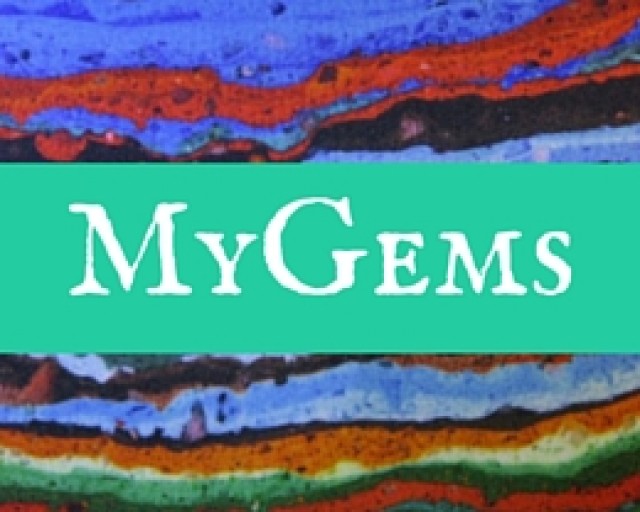You have not bid on this auction.
150.95 CTS USA FERN FOSSIL 300 MILLION YRS OLD MS 466
- SKU
- Dimensions (mm)
- x x mm
- Weight (cts)
- Colours
-
FERN FOSSIL
PENNSYLVANIAN AGE
ILLINOIS
USA
SIZE 45X45X10 MM
Approximately 300 million years ago (during a time geologists call the Pennsylvanian Period) Illinois looked nothing like it does today. Much of it was not even dry land. Much of the area that we now call Illinois was a mixture of swampy lowlands and shallow marine bays.
From the northeast flowed at least one major river system. The river(s) built large deltas through the low swamps and into the shallow bays. The mud that the river(s) carried was deposited in these deltas and bays. This mud turned into a rock called the Francis Creek Shale.
In some ways the area might have been similar to southern Louisiana (USA) and the adjacent Gulf of Mexico. However, the plants and animals would have been very different from today. They were different for at least two reasons. First, many of the plants and animals that are common today had not yet evolved at that time. Second, the climate would have been tropical. The tropical climate was a result of continental drift; 300 million years ago the area was just a few degrees north of the equator.
- SKU
- Dimensions (mm)
- x x mm
- Weight (cts)
- Colours
-
FERN FOSSIL
PENNSYLVANIAN AGE
ILLINOIS
USA
SIZE 45X45X10 MM
Approximately 300 million years ago (during a time geologists call the Pennsylvanian Period) Illinois looked nothing like it does today. Much of it was not even dry land. Much of the area that we now call Illinois was a mixture of swampy lowlands and shallow marine bays.
From the northeast flowed at least one major river system. The river(s) built large deltas through the low swamps and into the shallow bays. The mud that the river(s) carried was deposited in these deltas and bays. This mud turned into a rock called the Francis Creek Shale.
In some ways the area might have been similar to southern Louisiana (USA) and the adjacent Gulf of Mexico. However, the plants and animals would have been very different from today. They were different for at least two reasons. First, many of the plants and animals that are common today had not yet evolved at that time. Second, the climate would have been tropical. The tropical climate was a result of continental drift; 300 million years ago the area was just a few degrees north of the equator.
| Shipping provider | Shipping to Australia | Shipping to rest of world |
|---|---|---|
| FedEx | $12.00 / 3 days | $39.00 / 10 days |
|
Australia
FedEx is discounted to $12.00 on orders with 2 or more items
Rest of the world
FedEx is discounted to $39.00 on orders with 2 or more items
|
||
| Registered Shipping | $9.00 / 7 days | $16.00 / 21 days |
|
Australia
Registered Shipping is discounted to $9.00 on orders with 2 or more items
Rest of the world
Registered Shipping is discounted to $16.00 on orders with 2 or more items
|
||

-
 Positive
PositiveNice fossil
-
 Positive
PositiveQuick shipping with FedEx to the US. The artifact is exactly as described. So cool to own a bit of history like this!
-
 Positive
PositiveQuick shipping with FedEx to the US. The stone has the polarization expected with real Iceland spar. I'm very happy with this purchase!
-
 Positive
PositiveQuick shipping with FedEx to the US. It was well packaged. The one I received did have a small crack and chip in the lip, but stuff like that is expected with a natural material like this. I'm happy with my purchase.
-
 Positive
PositivePaid and shipped - no feedback left after 100 days
Why are users outbidding themselves?
When a bid is placed, this is the maximum amount a user is willing to bid for the product. Our system will then automatically bid on that users behalf, incrementally increasing the bid to maintain their position as the highest bidder, up to the specified maximum.
When there is an icon indicating 'Auto Bid,' it means our system is actively placing bids for the user based on their maximum bid. This may appear as if users are outbidding themselves, but it's simply a result of the system updating the bid to reflect the users maximum limit.















